The Vehicle Speed Sensor (VSS) is a crucial component in modern vehicles, playing a vital role in monitoring the speed of the vehicle and providing that information to various systems. Here’s a detailed overview of its features, functions, and benefits:
Key Features:
- Type:
- VSS can be either a magnetic type (using a reluctor wheel) or a Hall effect type, which uses a semiconductor to generate a signal.
- Durability:
- Designed to withstand harsh conditions, including exposure to dirt, moisture, and temperature variations.
- Compact Size:
- Generally small and lightweight, making it easy to integrate into various vehicle systems.
- Electrical Output:
- Generates an electrical signal proportional to the wheel speed, which is sent to the engine control unit (ECU) or transmission control module (TCM).
Functions:
- Speed Measurement:
- Monitors the rotational speed of the vehicle’s wheels or driveshaft, providing real-time speed data.
- Transmission Control:
- Sends speed information to the transmission control module to assist in gear shifting and improve transmission performance.
- Cruise Control:
- Provides speed data for the cruise control system, allowing for precise speed maintenance.
- ABS and Traction Control:
- Works with the anti-lock braking system (ABS) and traction control systems to monitor wheel speed and prevent skidding or loss of traction.
Benefits:
- Enhanced Safety: By supporting systems like ABS and traction control, the VSS contributes to safer driving conditions.
- Improved Performance: Accurate speed readings help optimize engine and transmission performance, improving overall vehicle efficiency.
- Accurate Readings: Provides real-time data for speedometers and odometers, ensuring accurate readings for the driver.
Symptoms of Failure:
- Erratic Speedometer Readings: Inconsistent or incorrect speedometer function may indicate a faulty VSS.
- Cruise Control Issues: Problems with maintaining speed or engaging/disengaging cruise control can be linked to a malfunctioning VSS.
- Transmission Problems: Difficulty in shifting gears or erratic transmission behavior may also signal a VSS failure.
Replacement:
- Accessibility: The VSS is typically located on or near the transmission, making it relatively easy to access for replacement.
- Testing: Before replacing, it’s advisable to test the sensor’s output for continuity and proper function.
Applications:
- Passenger Vehicles: Commonly used in cars, trucks, and SUVs to monitor speed and support various systems.
- Commercial Vehicles: Also found in larger vehicles where accurate speed data is critical for safety and performance.
The Vehicle Speed Sensor is an integral part of a vehicle’s overall operation, impacting safety, performance, and efficiency. Regular maintenance and timely replacement can help ensure optimal vehicle function.

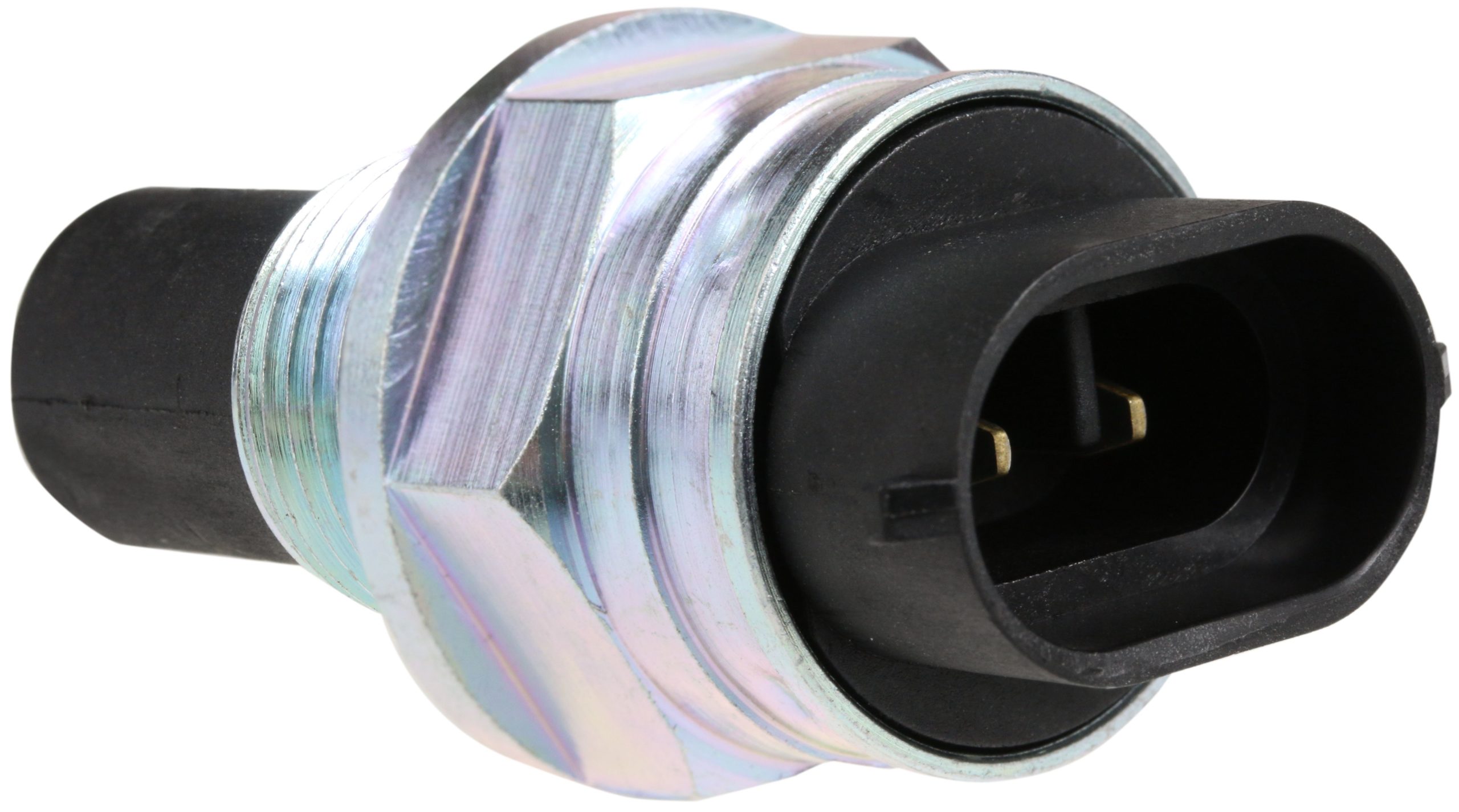
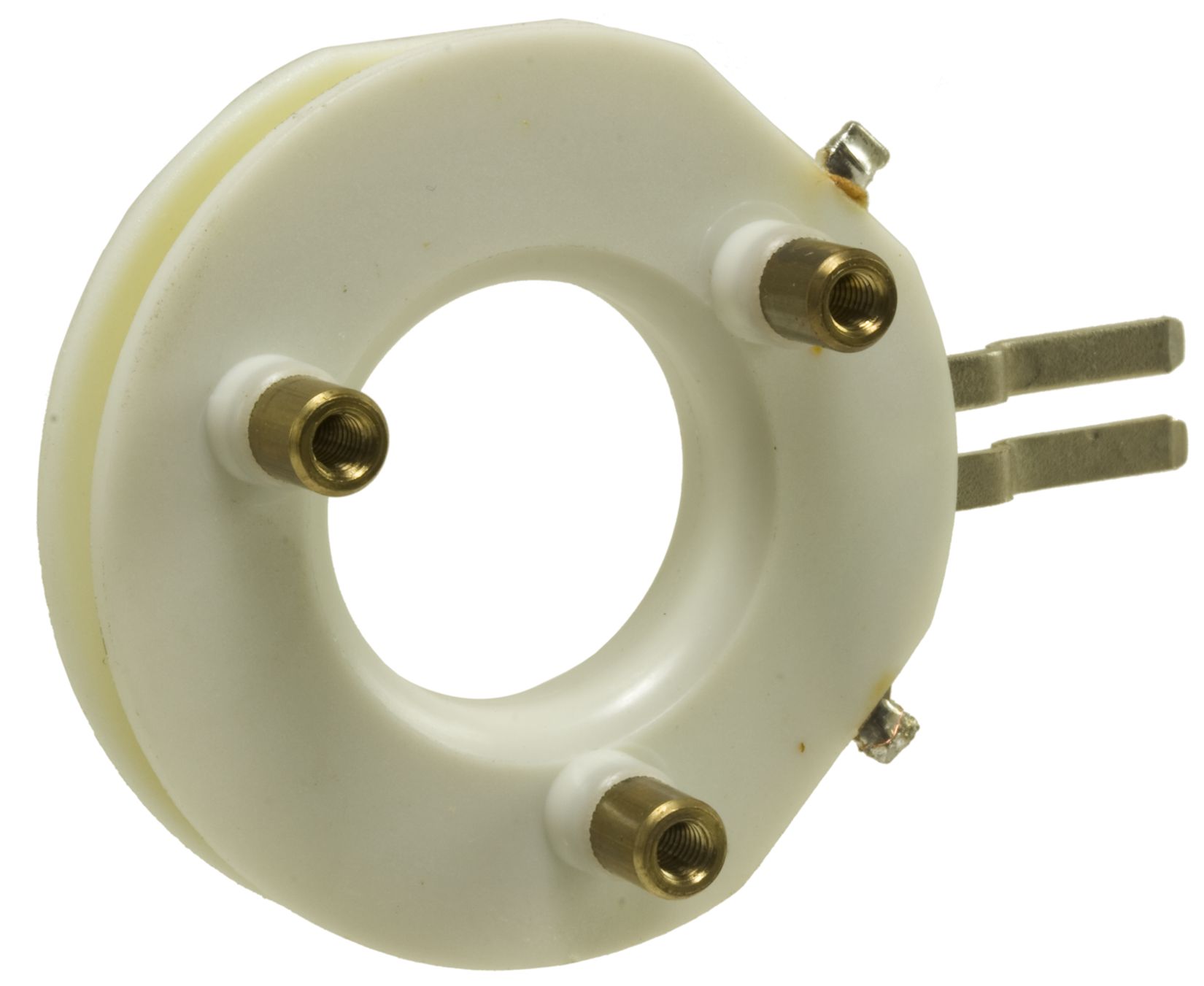
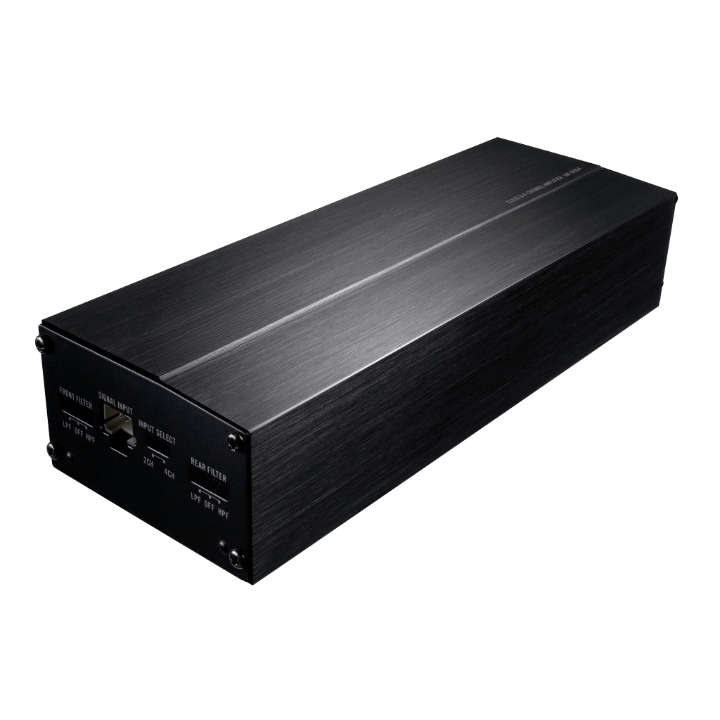

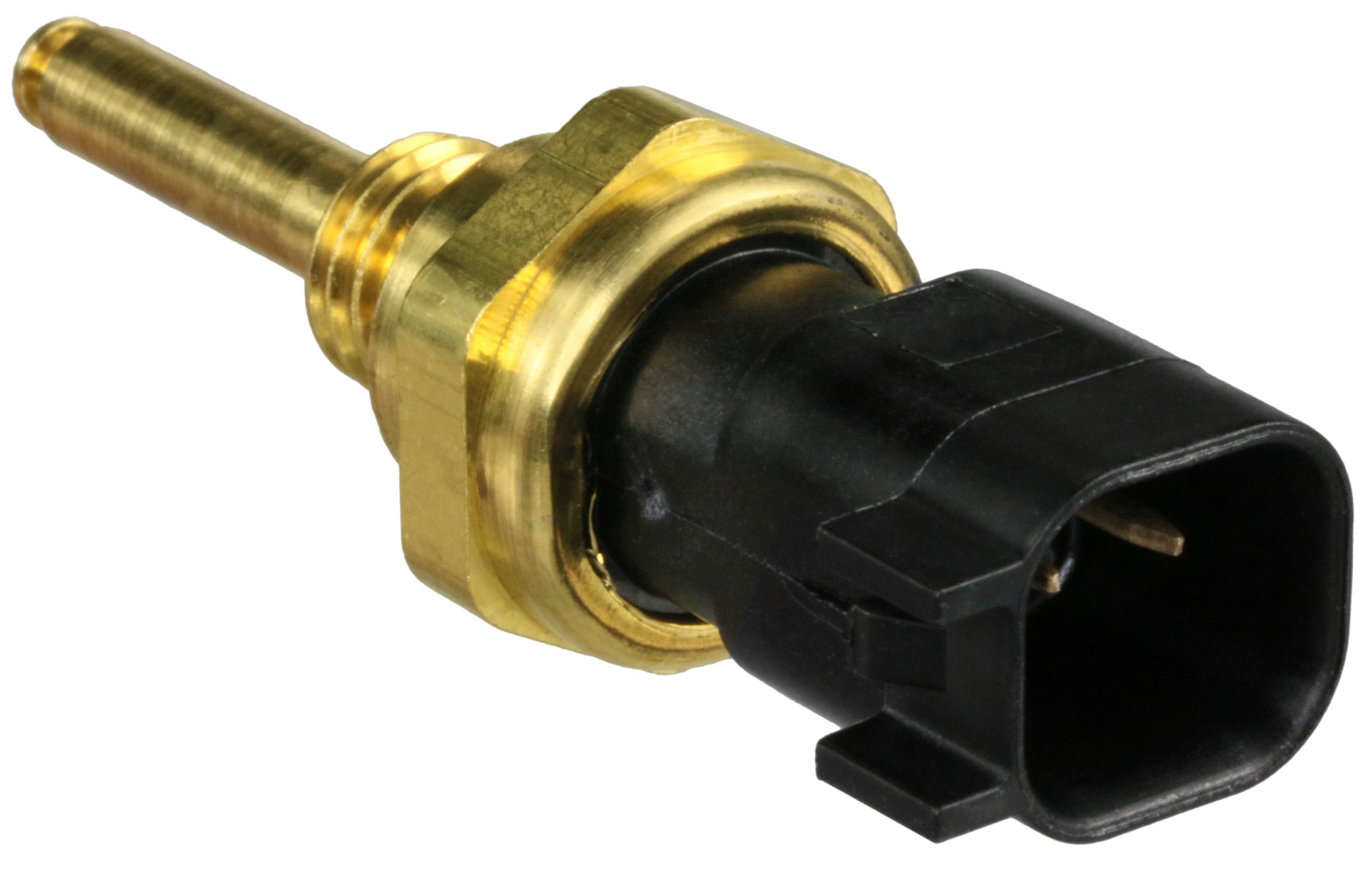
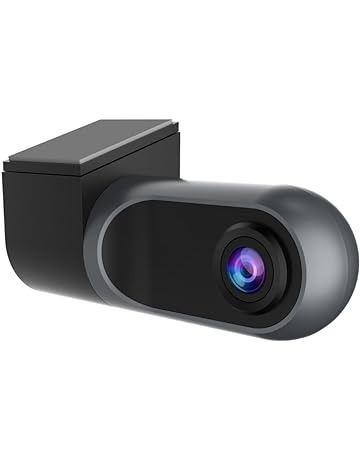
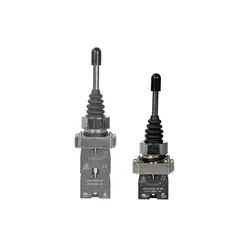
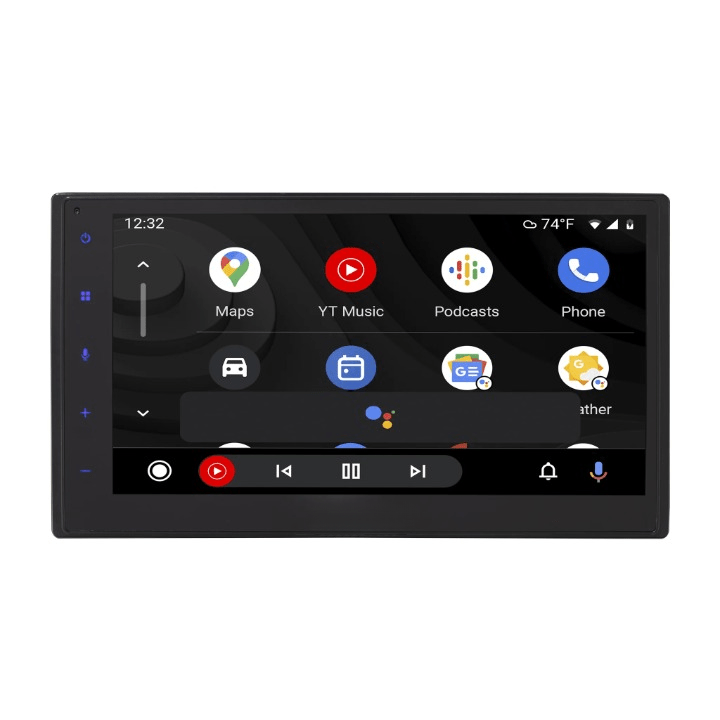

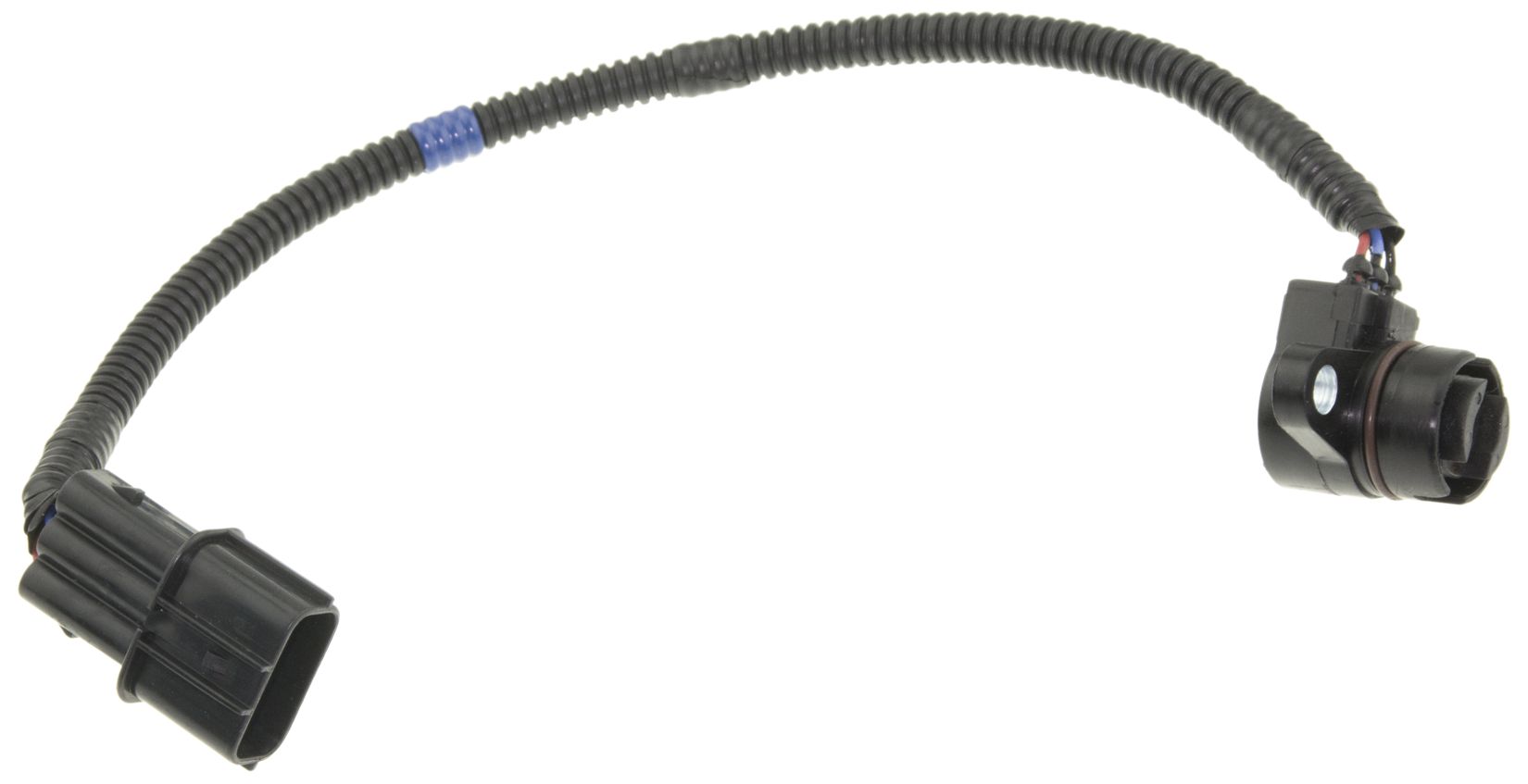
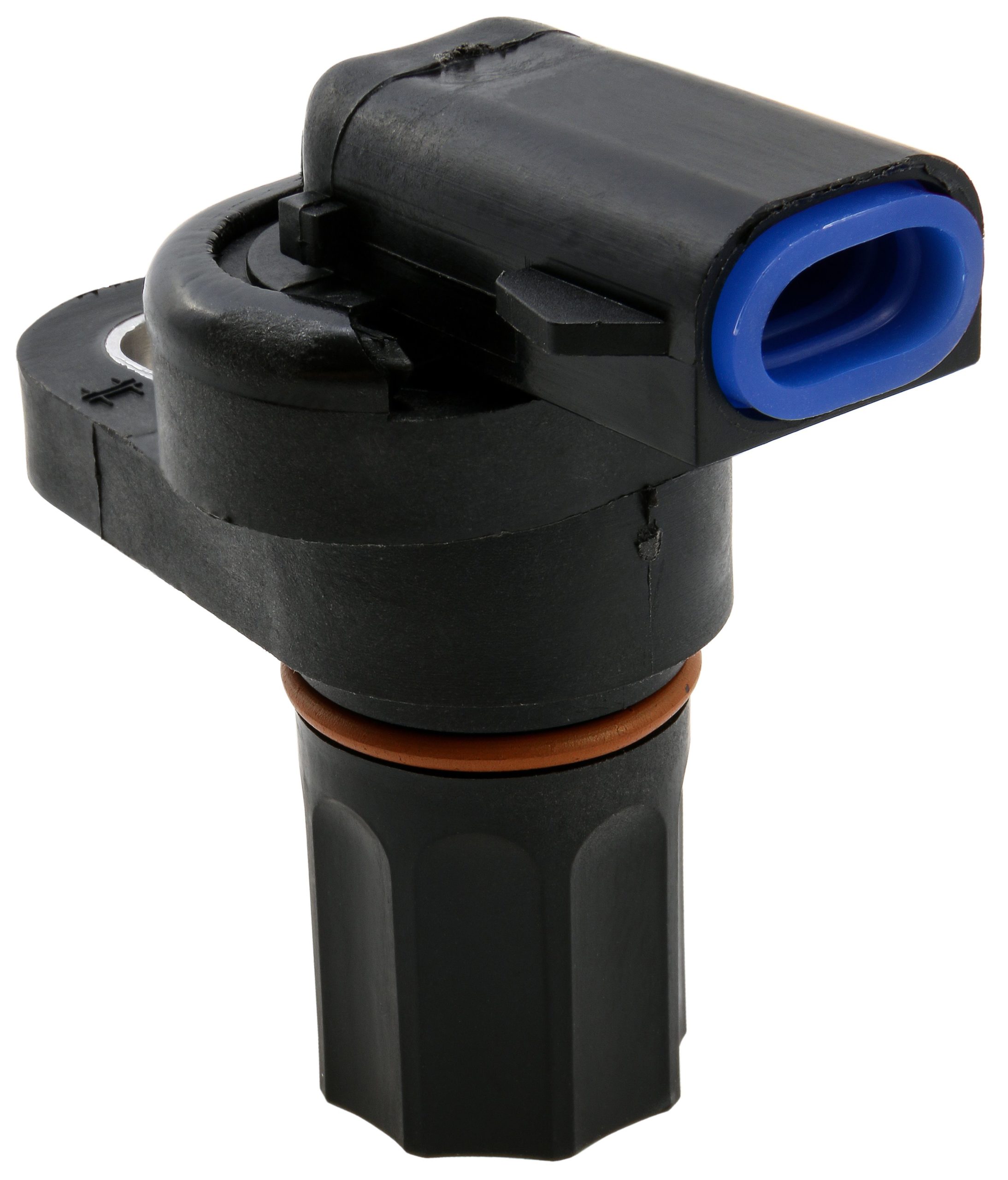

There are no reviews yet.